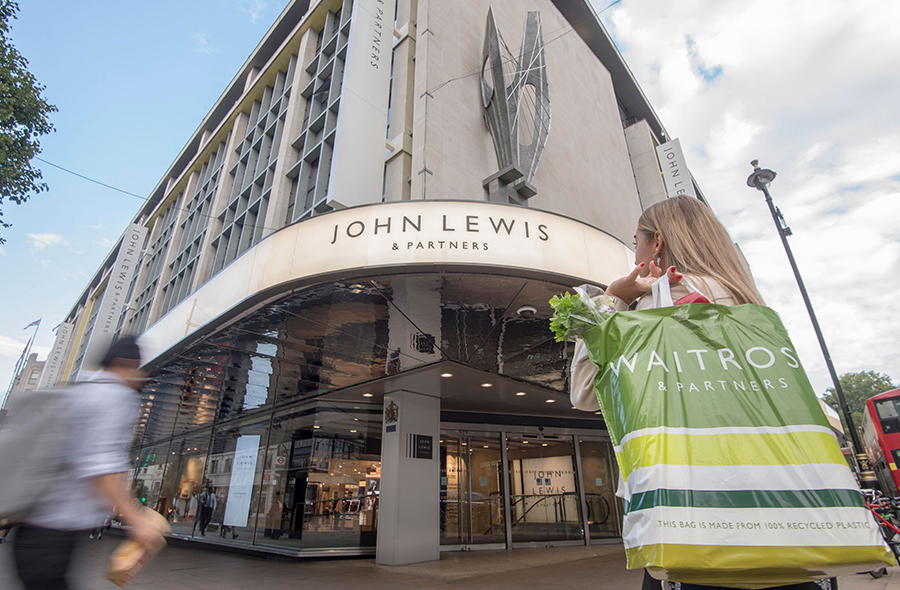Knowingly fixing John Lewis – what needs to be done?
The department store sector is at a crossroads. It’s do or die time, and a race to right these historical businesses before the whole fleet capsizes.
John Lewis was always seen as a steady ship amongst the losers, like Debenhams and House of Fraser, made unseaworthy with oodles of private equity debt.
But, even John Lewis, the famous cooperative, is suffering in this retail storm. Is it time to batten down the hatches and lose its price matching promise? What can the John Lewis Partnership do to sail through?
John Lewis’ “Never Knowingly Undersold” promise is a left over from a bygone time, much like its “Clearance”. Group chair, Sharon White, told The Sunday Times, she expected the price pledge to go (or rather be “improved”). The famous promise to match rivals' prices has become harder to defend as competition from online retailers has become ever tougher and eaten into margins. The slogan is nearly 100 years old having been in place since 1925. "The proposition is important because it signifies being fair to society. We're reviewing it to improve it,” she said.
Pre-COVID, the John Lewis Partnership – the John Lewis department store and the supermarket Waitrose – full-year trading update for the 52 weeks ending 25 January 2020 showed operating profits dropped by 23% year-on-year to £123 million, while pre-tax profit suffered a 25% year-on-year decline to £146 million. Meanwhile, revenues declined 1.6% year-on-year to £10.15 billion.
While core operating profit at Waitrose grew by £10 million to £213 million, it slumped by £75 million to £40 million at John Lewis reflecting weak sales in home and electricals, investment in technology and higher staff costs.
The staff bonus – the profits split between its employees – was 2%, the lowest amount since 1953 when staff received nothing.
Profits were clearly falling at John Lewis’ department stores before COVID-19, and while sales at Waitrose may have increased during the crisis, it is doubtful it will have made up the shortfall from the department store. So, what’s gone wrong at John Lewis?
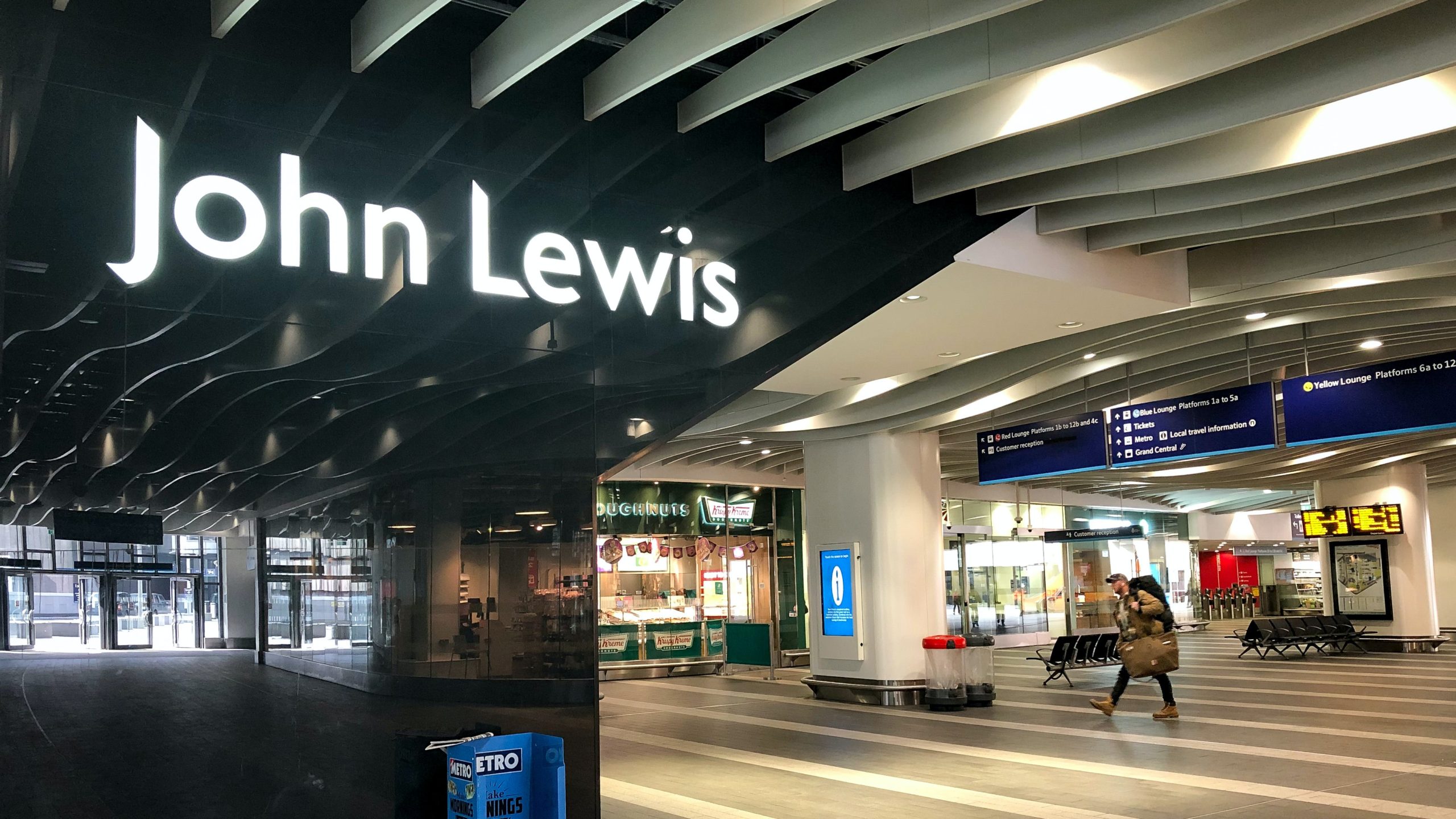
John Lewis Birmingham
Over Expansion - Many people might think John Lewis’ huge retail estate was a legacy leftover from a previous era, but it is worth noting nearly half, 24 of its 50 John Lewis shops, were opened after 2000. It wasn’t a traditional legacy retailer and haven’t been afraid to close stores over the years. The Knight & Lee department store in Southsea closed in 2019 after more than 150 years, and was the first to be closed since 2006. John Lewis has announced the closure of a further eight stores including its shiny flagship in Birmingham, above New Street Station, opened only five years ago. This year between 60% and 70% of John Lewis's sales are expected to be online, compared to 40% last year, making a large number of stores harder to justify.
Waitrose has been lightly trimming its 338 store estate announcing the closure of 17 stores since June 2018 and a further three Waitrose stores are to go, at Helensburgh in Scotland, Four Oaks in the West Midlands, and Waterlooville near Portsmouth, later this year.
The company has said it was exploring whether excess shop estate could be used for new mixed-use affordable housing. White said she is talking to developers and investors about partnering to build flats, many of them affordable, on top of existing shops, starting in west London.
John Lewis has also announced selling more Waitrose food in its department stores, which would make good use of excess space and fill the in-town convenience many other food retailers offer as long as the opening hours are extended.
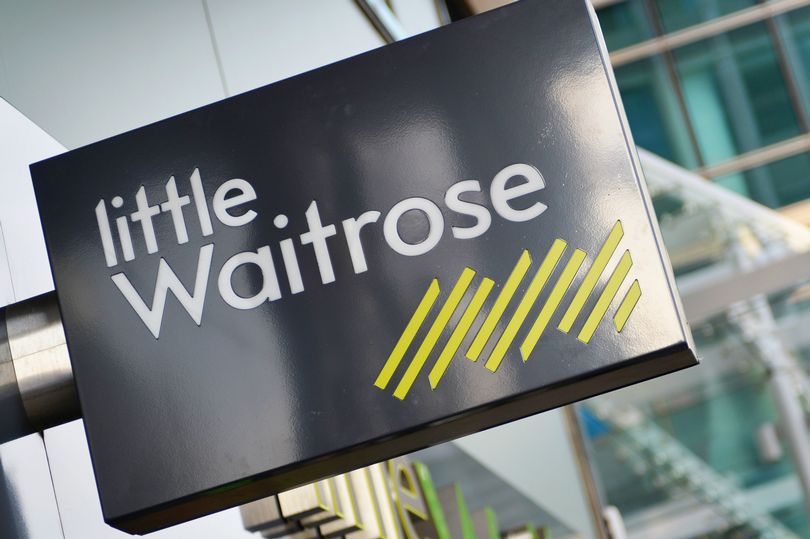
Little Waitrose
Lack of Convenience - As people shunned town centres and shopped local, Waitrose & Partners’ lack of convenience stores has become more prominent. Out of its 338 shops, across the UK, just 65 are "little Waitrose" convenience shops. In comparison, Tesco operates 153 Metro stores and more than 1,700 Express outlets. Sainsbury's Convenience Stores Limited (trading as Sainsbury's Local) is a chain of 770 convenience shops operated by the UK's second largest supermarket chain.
Waitrose has a 5.1% share of the food market, making it the eighth largest retailer of groceries in the UK. These convenience stores can charge more for their restricted selection of products and would make Waitrose, perceived as more expensive by many, more competitive on pricing.
White told John Lewis staff: "We are looking at how we make our products available through other routes, reflecting the fact that Waitrose has a smaller presence in the convenience market than other supermarkets.”
Waitrose needs to extend its opening hours. Many close at 9pm which feels early in today’s competitive supermarket landscape.

John Lewis & Partners womenswear line
Too Much Focus On Fashion - White told The Sunday Times the chain needed "more inspiration, surprise, fun" and that it would compete by "curating" items in store better. John Lewis would focus less on women's fashion and get rid of travel and spa services. Instead it would offer more financial, home and garden products.
John Lewis made a big push into the fickle and highly competitive world of fashion a few years ago, and, while it was the correct place for expansion at the time, it has taken focus away from its core home and electricals. During lockdown people have re-evaluated their homes and want to spend the money they would have spent on holidays and fashion on their surroundings.
It is worth noting that online electrical retailer AO saw annual revenues of £1.05 billion to March 2020, up 15.9% on a year earlier. AO’s customer base grew last year to nearly 6.5 million customers in the UK. This, along with many other online retailers, must have eaten into John Lewis’ traditional hold on the white goods market.
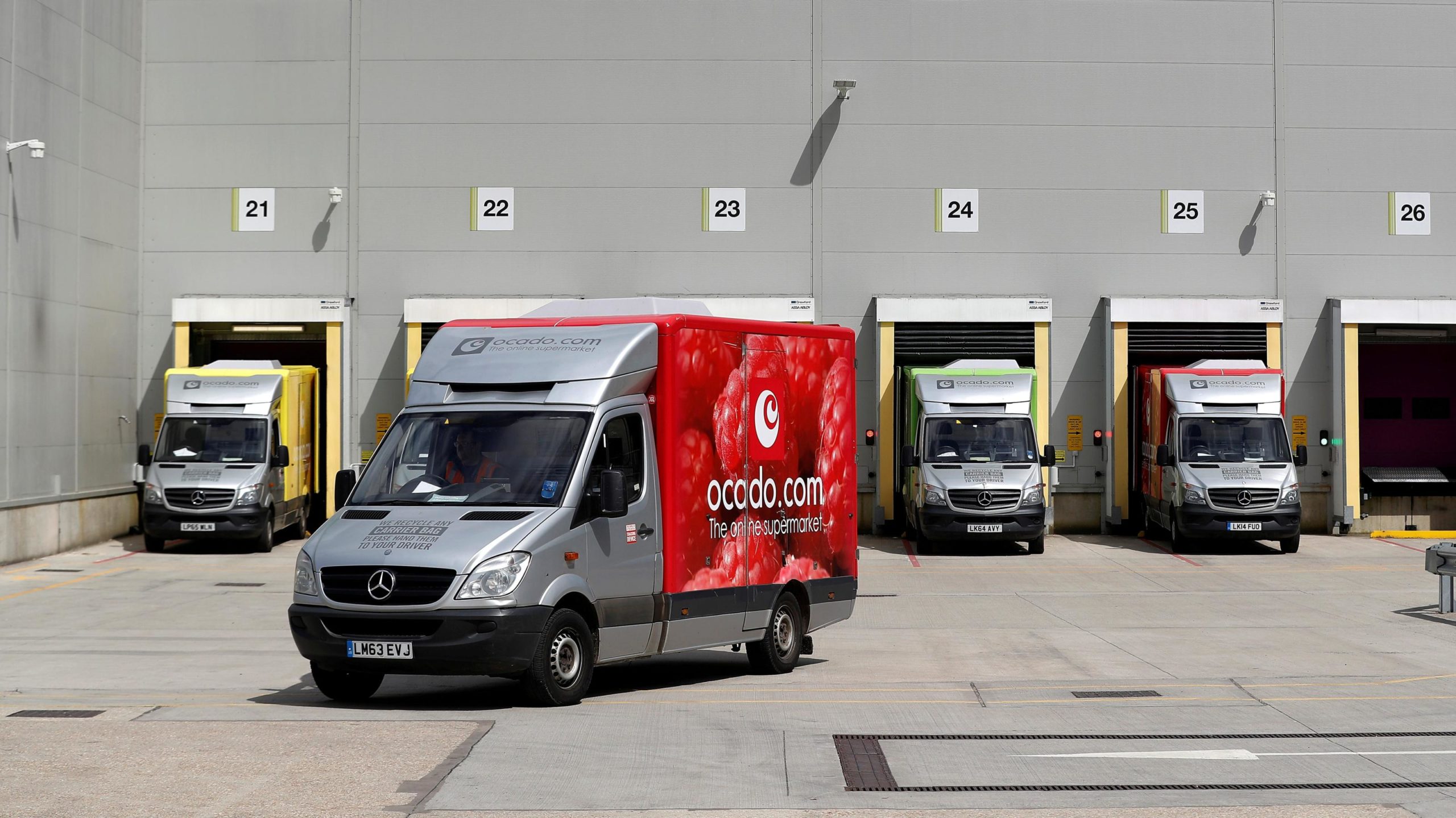
Waitrose/Ocado Loyalty Battle - September sees Waitrose’s 20 years relationship with online delivery service Ocado come to an end. The tie-up generated 6% of Waitrose’s sales. It is being replaced at Ocado by Marks & Spencer.
Ocado has already said it has no spare capacity for new customers and it will be interesting how many stay loyal to either brand.
Waitrose has two online distribution centres - Coulsdon and Edmonton in London - to service its online orders and has an opportunity to poach customers from Ocado.
Ocado says it will stock 6,000 M&S products, compared with the 4,000 it sells as part of its supply deal with Waitrose. The alternatives would be the “same price or lower, and of the same quality or better” than the Waitrose ones, Ocado said.
Can Waitrose compete with the robotic efficiency of Ocado? Waitrose had enlisted Today Development Partners, a technology business run by Ocado co-founder Jonathan Faiman, to help grow its online operation without Ocado. However, the deal ended after just four months and it subsequently emerged Faiman, who left the online business in 2009, was being sued by Ocado.
Online orders are always restricted by the number of vans, drivers and delivery slots. A Waitrose tie-up with Amazon Fresh has been rumoured to help with these online growth ambitions. It is predicted sales online with John Lewis to become a 60% and Waitrose to rise to over 20%.
Waitrose has too many disparate websites selling flowers and gardening products, and should push these all into one site and delivery option. It should also link John Lewis and Waitrose more.
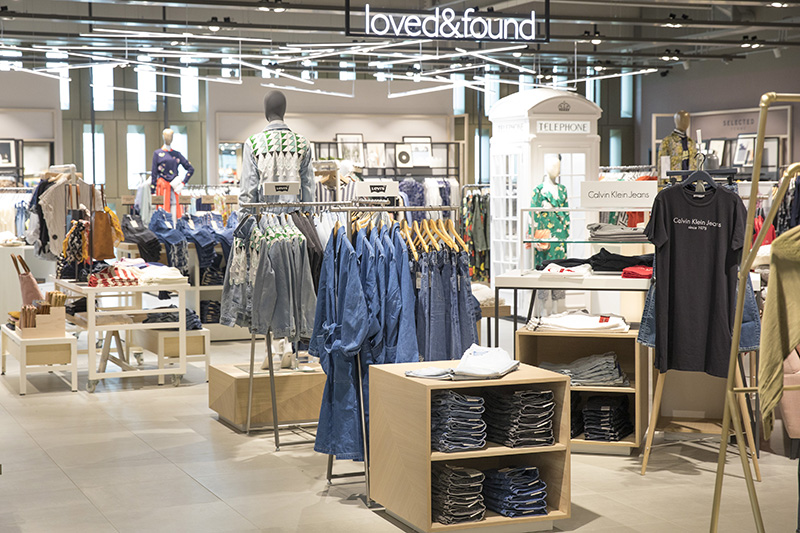
John Lewis, Westfield White City
Too Expensive? - Walk into a John Lewis or Waitrose and it feels like everybody shopping there has white hair. While the Boomers are an affluent demographic, the brands available at John Lewis are perceived as being too expensive and aren’t engaging with younger consumers or those who are more price conscious. It is particularly noticeable at Christmas with small gifts coming in at a much higher price point than its competitors. It needs to broaden its pricing with more prices at the lower end. It also needs to offer more exclusive products and give people a reason to pay more. It needs to think of places like TK Maxx as competitors.
Can Rental Replace Sales? - The company said it was considering creating a way to offer rental of its products and re-sale of used items. While everybody is going rental crazy, can John Lewis renting white goods and sofas make up sales or will it just cannibalise existing sales and be an expensive distraction?
Initially the items available for rent will be made available via a third-party site, Fat Llama, with the service launching initially in London but set to roll out nationally if successful.
People can choose between 50 different items from the retailer’s range. Prices start at £17 a month for a desk or chair, rented for 12 months, and rise for larger goods on shorter contracts.
John Lewis has said "fair value" would still be central to its ethos but "in a more modernised form” and it hopes to have a new slogan to replace “Never Knowingly Undersold” in place by October.
In January 2020, John Lewis also stopped publishing its weekly sales figures; it was seen as a bellwether for the whole retail sector but has now removed the pressure that status brings.
Department stores are suffering more than most at the moment. Many of these issues were evident pre-COVID 19, but, like all retailers, it would have speeded up the need for change.
John Lewis is a special example of a retailer which, luckily, hasn’t been saddled with a debt mountain. It has the opportunity to be the last national department store standing in the UK and could reap the benefits of high-street competitors disappearing, but that doesn’t change the challenges from online.
It sounds like John Lewis is moving in the right direction and making the right noises, but this cautious retailer needs to make some hard decisions and fast. John Lewis is a retailer people would miss, if it disappeared and it needs to remind people of that. It just needs focussed adjustment rather than radical amputation.

